Retro Replay Review
Gameplay
Tactics Ogre: The Knight of Lodis delivers deep, tactical combat on the Game Boy Advance, drawing clear inspiration from its series forebears and peers like Final Fantasy Tactics. You command a squad of up to eight units on isometric battlefields, each turn demanding careful consideration of terrain, movement range, and attack angles. The core of the experience lies in positioning your soldiers to exploit weaknesses and support one another with combined assaults and special abilities.
(HEY YOU!! We hope you enjoy! We try not to run ads. So basically, this is a very expensive hobby running this site. Please consider joining us for updates, forums, and more. Network w/ us to make some cash or friends while retro gaming, and you can win some free retro games for posting. Okay, carry on 👍)
Beyond the main campaign, the game expands its replayability with Quest Mode and Versus Mode. In Quest Mode, you set your own objectives—such as defeating a particular enemy or surviving within a turn limit—to earn rare weapons and gear for Alphonse and his allies. Versus Mode, meanwhile, lets two players link up and pit their custom squads against each other. This multiplayer component, though modest by modern standards, adds a competitive edge that seasoned strategists will appreciate.
Character progression is equally robust. As you level up, each soldier gains skill points that can be spent to learn class-specific techniques or to unlock new job classes entirely. This allows for deep customization: healers can take on rogue skills, or archers can dabble in sorcery. The game’s balance is surprisingly well-tuned, rewarding thoughtful combinations while avoiding the “overpowered cheese” tactics that plague some strategy RPGs.
Graphics
On the Game Boy Advance hardware, Tactics Ogre: The Knight of Lodis achieves impressive visual clarity. Sprites are colorful and distinct, with each unit class sporting unique banners, armor designs, and weapon animations. The isometric battlefields—ranging from windswept plains to rocky caverns—feature subtle environmental details that help you gauge elevation and movement costs at a glance.
Character portraits and in-game cutscenes use a finely detailed pixel art style that conveys emotion and narrative context despite the GBA’s limited resolution. Alphonse’s earnest expression and the varied faces of his companions help forge a stronger connection to the story, making key plot twists feel more impactful.
The user interface is streamlined for handheld play. Menus are logically organized, with clear icons for status effects, equipment, and skill trees. Transitions between the world map, dialogue scenes, and battle screens occur without noticeable lag, preserving the pacing and preventing the experience from feeling bogged down by loading times.
Story
Set in the Holy Lodis Empire, the narrative follows Alphonse, a young knight sent to investigate strange happenings on the island of Ovis. What begins as a routine mission quickly unfolds into a complex conflict that challenges Alphonse’s loyalty and forces him to reevaluate his role in Lodis’s military hierarchy. The writing balances political intrigue with personal drama, ensuring that each decision carries weight both on and off the battlefield.
Allies and adversaries alike are given convincing motivations. Whether you’re swayed by a charismatic rebel or torn between rival noble houses, the game presents moral quandaries without clear-cut answers. This shades-of-gray storytelling encourages multiple playthroughs, as choices you make early on can lead to diverging narrative branches and alternate endings.
Dialogue sequences are interspersed with illustrated panels and brief cutscenes, breaking up the combat and providing much-needed narrative context. Major story beats—betrayals, alliances, and revelations—unfold at a measured pace, allowing players to absorb the political machinations that drive the conflict on Ovis.
Overall Experience
Tactics Ogre: The Knight of Lodis remains one of the Game Boy Advance’s standout strategy RPGs. Its combination of deep, squad-based combat, intricate character progression, and a morally complex story delivers hours of engaging gameplay. Whether you’re a veteran of the Ogre Battle series or new to tactical RPGs, the game’s learning curve is fair but rewarding, offering a sense of mastery as you uncover optimal formations and skill synergies.
Replay value is high, thanks to the branching narrative paths and Quest Mode challenges that incentivize creative strategies. The inclusion of Versus Mode, while limited by the need for a link cable, still adds a fun multiplayer twist for those willing to coordinate with friends. The ability to trade characters and items in battle-prep screens further deepens the communal aspect of the experience.
In summary, The Knight of Lodis is an engrossing, finely tuned strategy RPG that holds up remarkably well more than two decades after its release. Its blend of tactical depth, striking pixel art, and a thought-provoking storyline makes it a must-own for fans of the genre and a memorable landmark in handheld gaming history.
 Retro Replay Retro Replay gaming reviews, news, emulation, geek stuff and more!
Retro Replay Retro Replay gaming reviews, news, emulation, geek stuff and more!
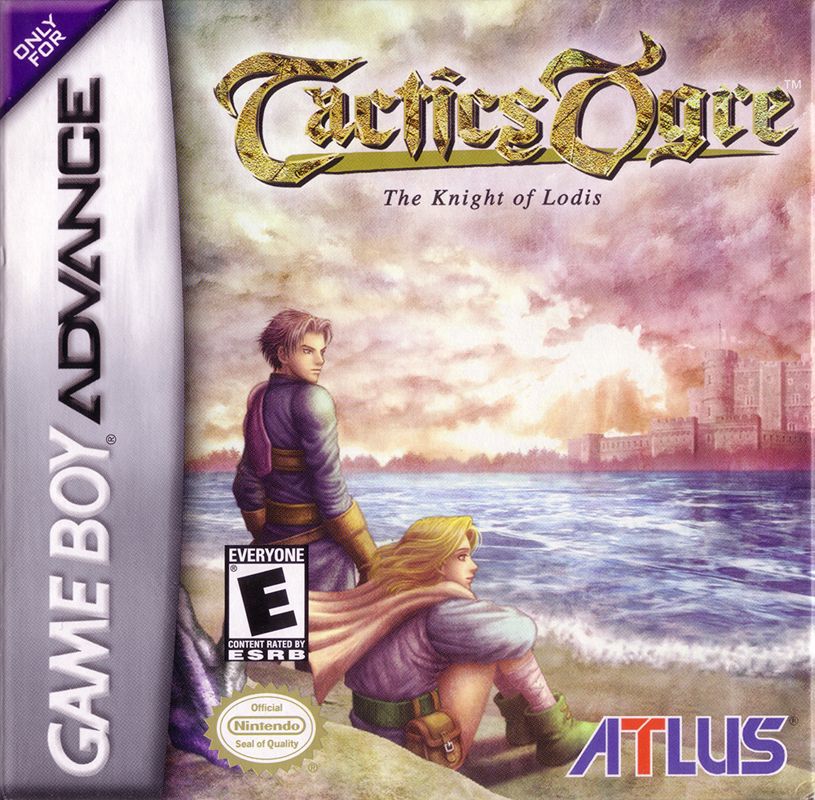
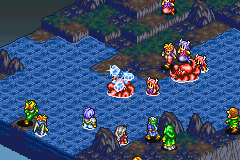
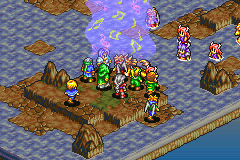
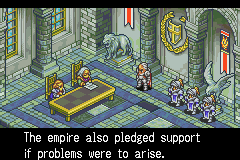
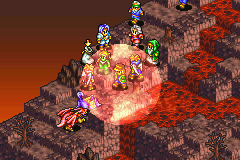
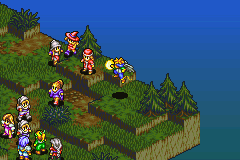



Reviews
There are no reviews yet.